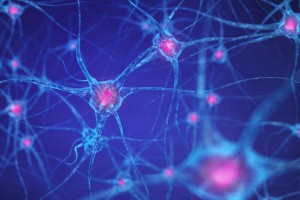Monkey brain scans reveal new information about visual cortex
Monkey brain scans have revealed new information about the part of the brain that processes visual information.
Monkey brain scans have revealed new information about the part of the brain that processes visual information.
When the brain receives visual signals from our eyes, it processes them in a strictly hierarchical way. Specific parts of the visual field are projected onto specific parts of the cortex through the retina. Points that are close together in the visual field are also processed by neighboring neurons in the visual cortex. This strategy ensures a very accurate representation of the visual field in the cortex. This kind of representation is also repeated multiple times within the hierarchical visual system.
Mapping the visual cortex
First, our brain cells literally make maps of what we see, called 'retinotopic maps'. These maps are slightly deformed, just like a world map is never a perfect representation of a globe. Our central vision, for example, is processed in much greater detail than our peripheral vision, a difference that the maps reflect. Regions at lower hierarchical levels feed information from the retinotopic maps to higher levels and vice versa, allowing us to finally know what we are seeing.
So, to understand vision, it's extremely important to identify and precisely locate all these retinotopic maps within our visual cortex.
You may find the whole text here.





Related Posts